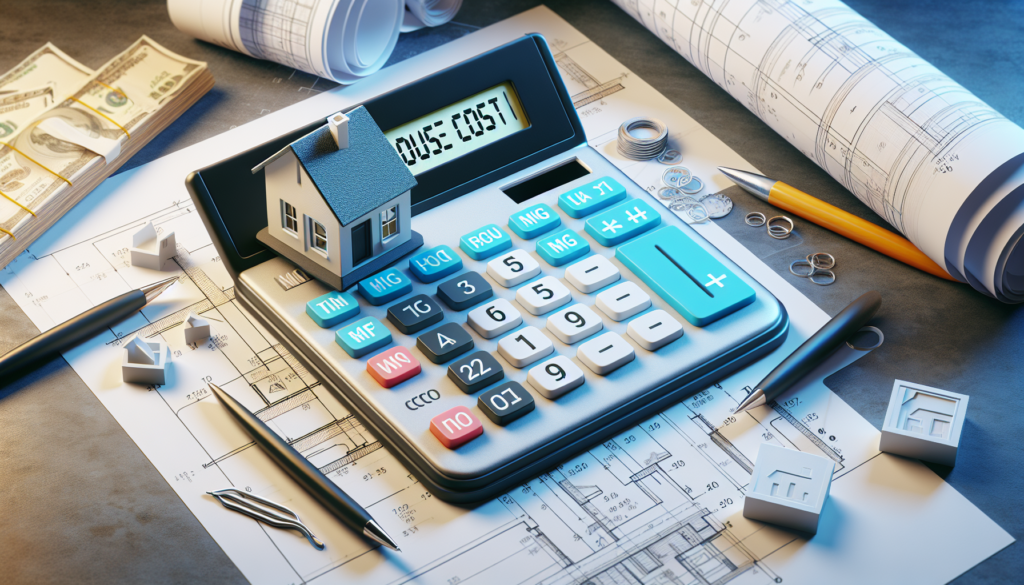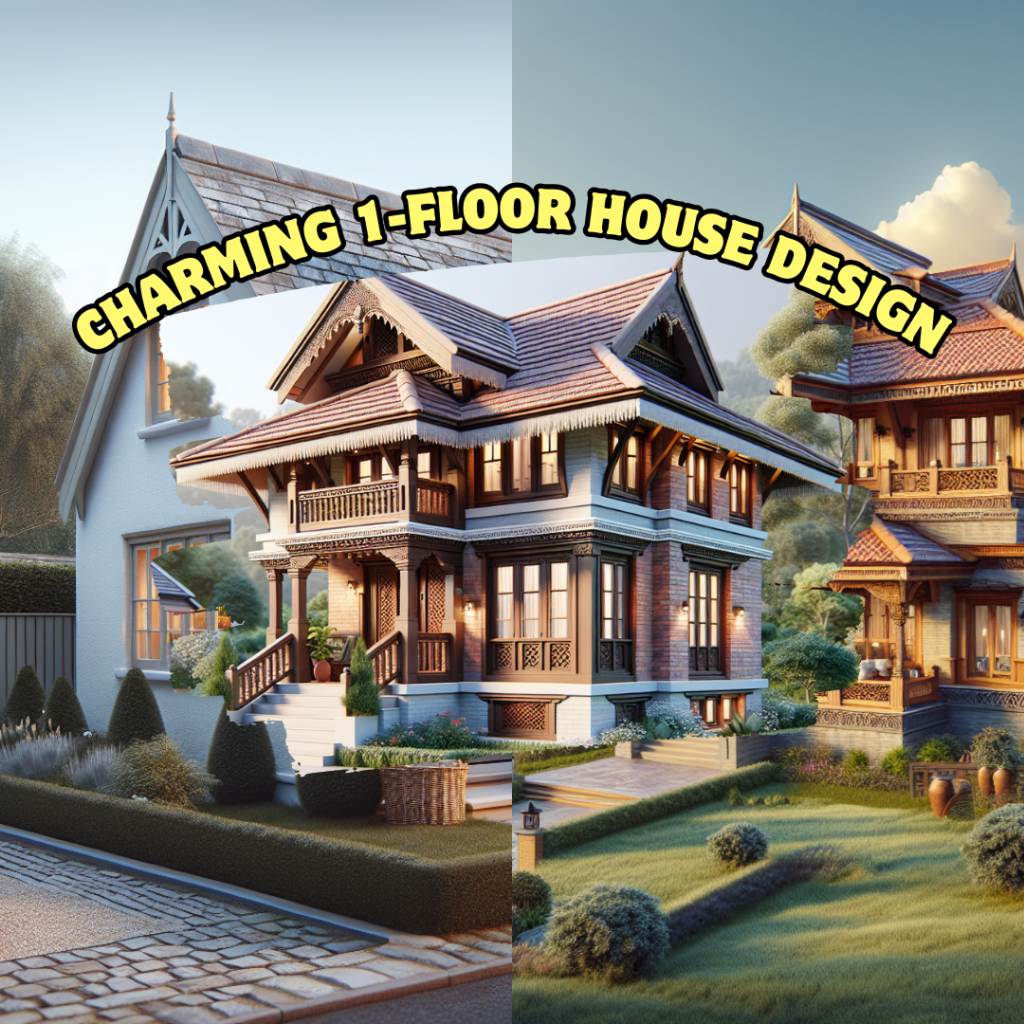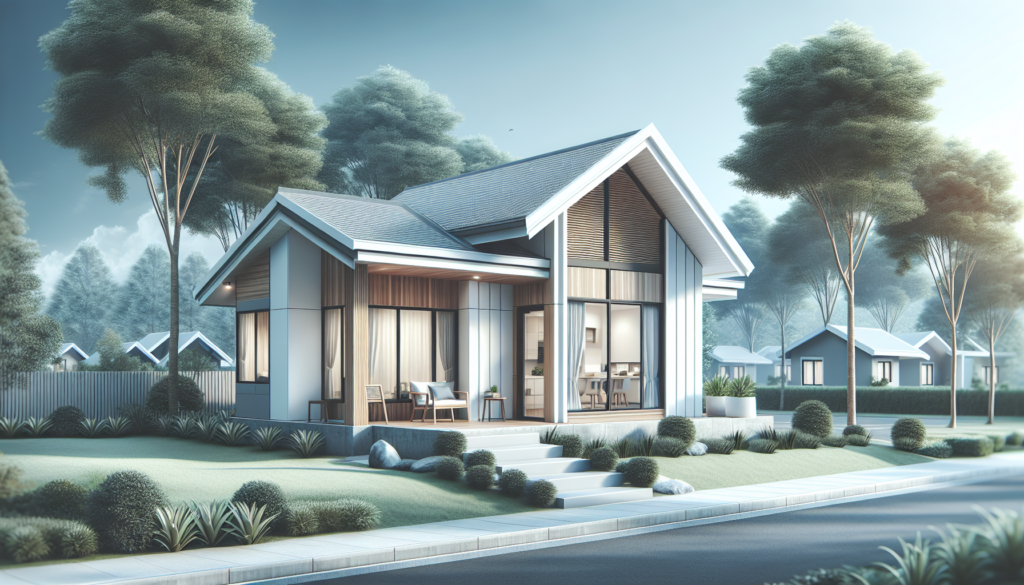Introduction to Tiny House Cost Calculator
Tiny houses have exploded in popularity in recent years as more people seek affordable, sustainable housing options. Typically under 400 square feet, these diminutive dwellings challenge homeowners to focus on quality over quantity when it comes to possessions and living space. To simplify your work, we have brought you a calculator that can estimate the total cost of building your house, from cement to paint.
While tiny homes present an alluring opportunity to reduce expenses and environmental impact, interested buyers should still create a realistic budget and cost estimate before taking the plunge. This comprehensive guide will walk you through everything you need to know to accurately calculate the cost of a custom or pre-fab tiny house.
Defining Tiny Houses
The 2018 International Residential Code defines a tiny house as a home that is 400 square feet or less in floor area, excluding lofts. To be considered a legal residence, tiny houses generally have:
- Total area under 400 square feet – Average single-family homes exceed 2,500 square feet, while tiny houses focus only on essential living space.
- Basic amenities – Most tiny homes contain kitchens, bathrooms, sleeping areas, and storage to enable full-time occupancy.
- Mobility or foundation – Tiny houses are typically built on trailers for flexibility or feature permanent foundations meeting local codes.
While tiny living conjures images of extreme minimalism, space, and utility constraints do not necessarily equate to deprivation or discomfort. With thoughtful layouts and design, tiny houses can provide ample comfort and amenities for day-to-day living.
{{Image of modern, cozy tiny house interior with loft bed, kitchen, couch, and dining space}}
The driving force behind the tiny house moment is achieving housing, freedom, and sustainability at accessible price points. But how much does it cost to build or buy one of these petite homes?
Typical Tiny House Costs
With customization, a broad spectrum of finishes and features, and ranging footprints, tiny homes have extremely variable pricing. On average tiny houses cost between $30,000 and $150,000 to build or buy.
More standardized tiny home price estimates based on size include:
- Under 100 square feet – $10,000 to $35,000
- 100 to 200 sq ft – $30,000 to $80,000
- 200 to 400 sq ft – $40,000 to $150,000
The median cost to construct a tiny house is around $59,884. Going the DIY route can reduce costs by 20-50% compared to hiring out all work to contractors.
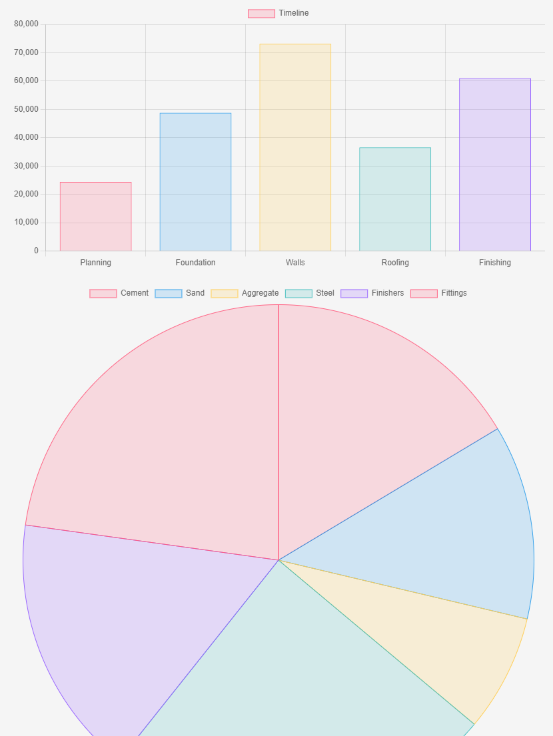
Myriad factors influence the final expense associated with tiny living, which we’ll explore in the sections below. But first, let’s look at the methodology required to arrive at an accurate individualized cost estimate.
How to Calculate Your Tiny House Costs
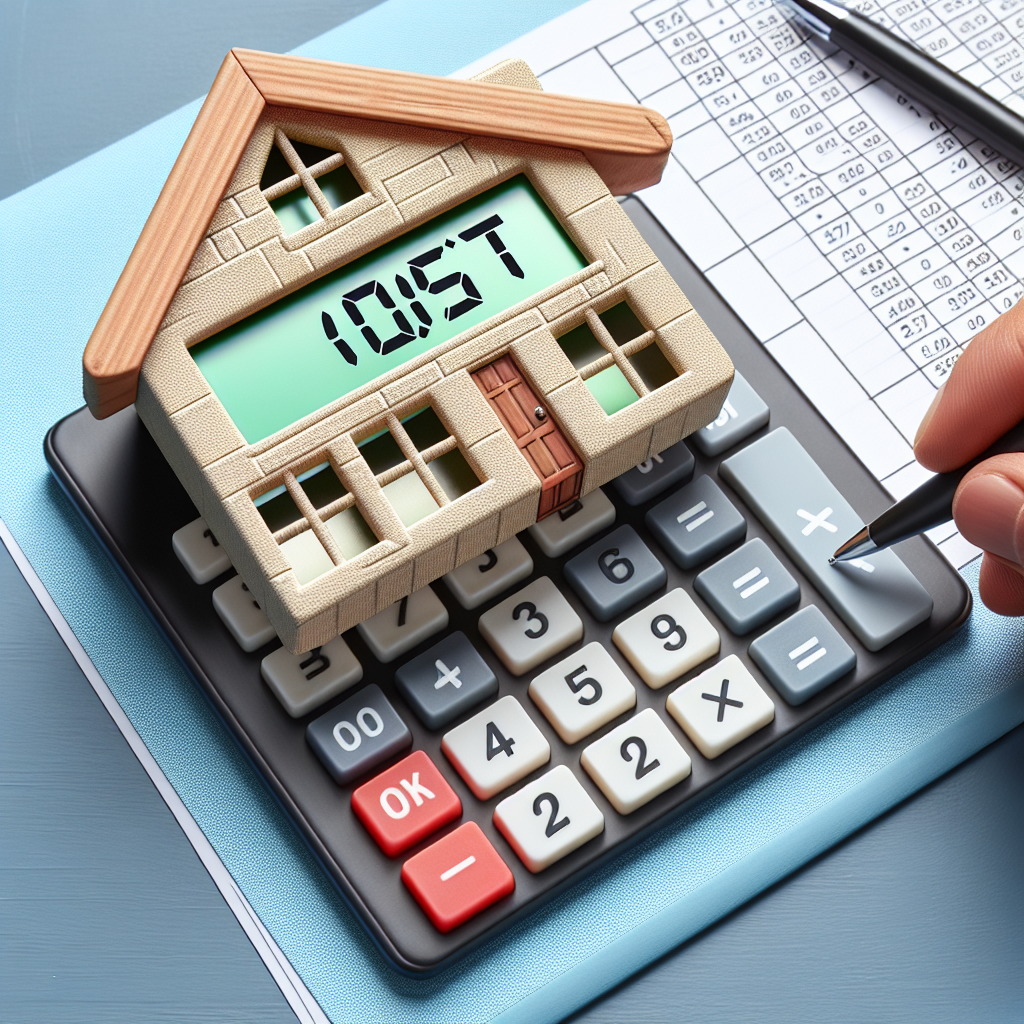
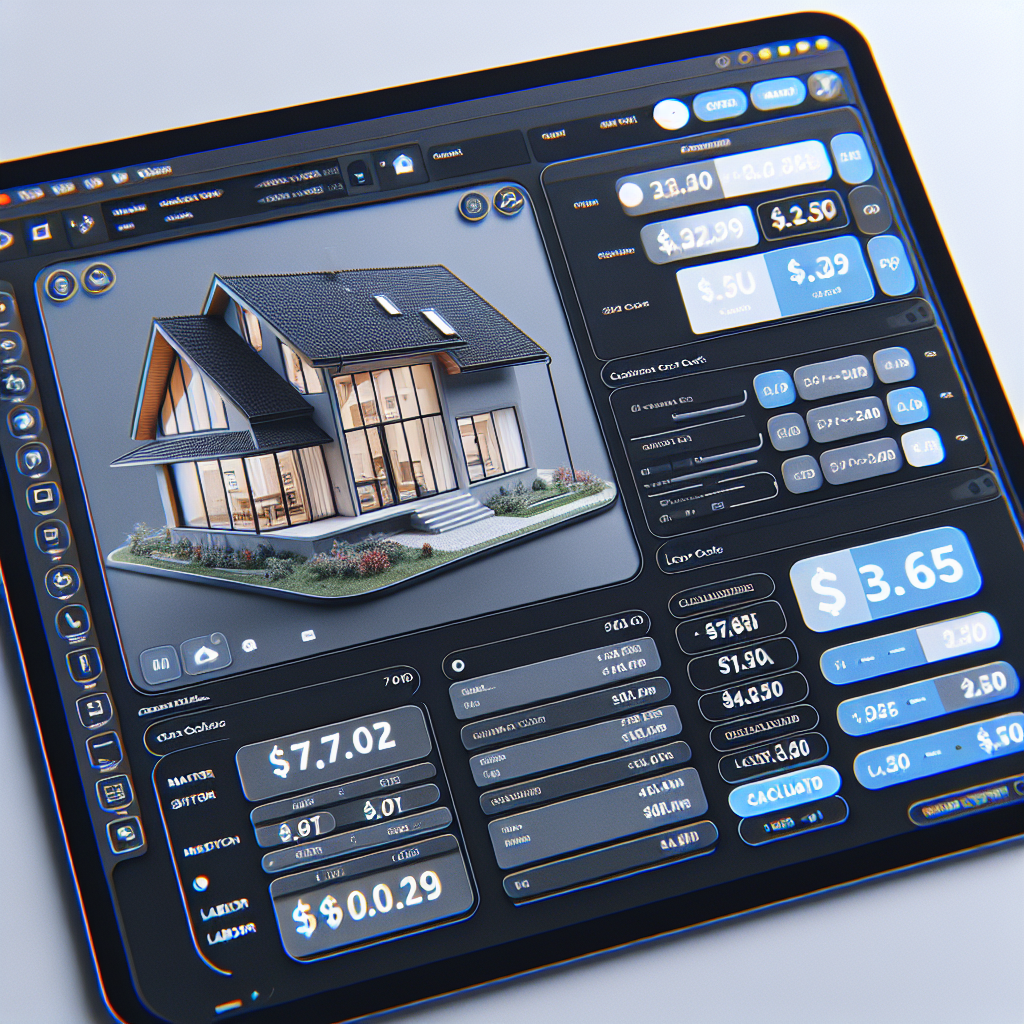
Determining a realistic tiny house budget requires a detailed accounting of all anticipated hard and soft costs. Here’s a framework for thinking through major tiny home expenditures:
Upfront Building or Buying Costs
- Land – Building on wheels avoids the need for property. Buying land for a foundation adds significant cost.
- Actual House – For DIY builds total all materials, labor, and fees. If buying pre-built, use sticker price.
- Systems & Components – Itemize interior finishes, fixtures, appliances, furnishings, and storage elements.
- Labor – For DIY, calculate the value of your time. If hiring out construction, get multiple professional bids.
- Contingency Funds – Every build involves surprises, so budget an extra 10-20% as a buffer.
- Permits & Utility Hookups – Fees add up for connecting sewage, power, and water to tiny houses on foundations.
- Transportation & Setup – Costs associated with getting the tiny house to the site and livable.
Ongoing Ownership Costs
- Loan Repayment – If financing your tiny home, factor in interest and principal.
- Utility Costs – Energy, water, waste, and sewage fees. Tiny living slashes these costs.
- Insurance – Required coverage for physical structure, liability, systems, appliances, etc.
- Maintenance – Budget for periodic tiny house repairs and upgrades like traditional homes.
- Parking Fees – If parking a tiny home long-term on rented land.
Add together all anticipated tiny house expenditures to arrive at a detailed cost overview. Our tiny home calculator simplifies this process by estimating prices based on inputs ranging from square footage to amenities selected.
What Impacts Tiny House Cost?
Within the framework above lie many cost considerations that differ greatly from one tiny build to the next. Below are some of the biggest factors that create variance in total pricing:
Size
Unsurprisingly, total square footage and home layout significantly influence cost. Adding multiple stories or loft spaces increases complexity translating to bigger price tags. Opting for sprawling single-floor designs drives up material and labor expenses as well as compared to conservative overall footprints.
Our tiny house calculator allows you to see pricing differences based on size in 20-foot increments. As expected, estimates go up progressively with the additional area, but nonlinear factors also impact pricing jumps between house scales.
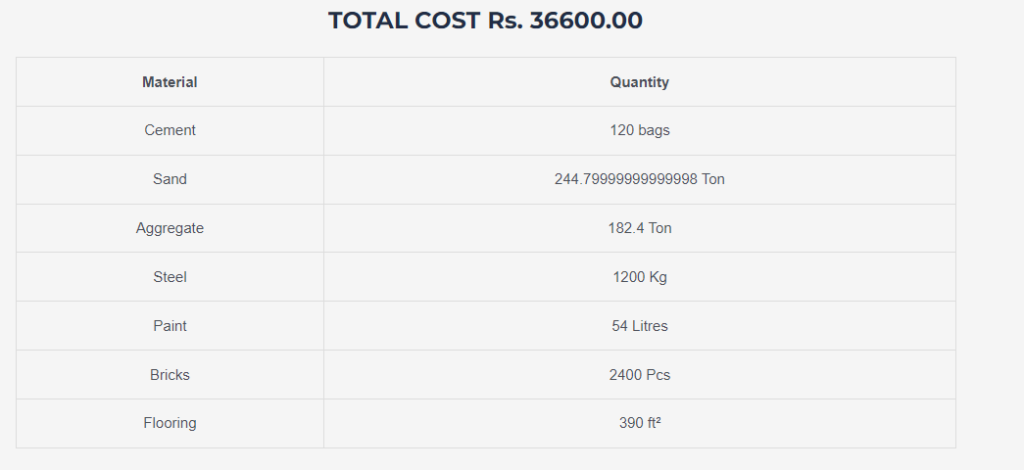
As shown in the chart above generated by our tool, you can expect the smallest tiny homes under 200 square feet to cost 50-75% less than 300+ square foot designs simply due to their condensed size.
Customization
Another budget buster is fully customized tiny homes versus standard catalog or inventory models from tiny house builders. Unique stylistic finishes, luxurious bathroom and kitchen spaces, and premium appliances cater to exact homeowner tastes but get pricey quickly.
If prioritizing affordability, opt for barebones finishings, limited color and material options, and household brand name appliances/fixtures vs designer elements. Our tiny home calculator tallies custom finishes and features selected so you can weigh decisions against budget goals.
Foundation vs Wheels
Tiny houses built on trailers avoid expensive foundation work, excavation, utility connections, and similar headaches that drive up pricing substantially. Estimates indicate sticking with wheels can reduce costs by 15-30% vs comparable tiny homes on slab foundations.
Foundation-based tiny living also often necessitates prolonged build times working through permitting, concrete work, contractor scheduling, and utility coordination. Wheeled tiny houses fast-track occupancy getting homeowners inside faster without land or legal hang-ups.
One tradeoff is that wheeled tiny houses may require regular towing between locations and ongoing parking rental fees at designated Tiny House-approved backyards. Our calculator provides budget estimates for both foundation and wheeled models.
DIY vs Contractors
Perhaps the most direct way to control tiny home costs is to take on construction and labor yourself if you have the skills, time, and energy. Contracting out all facets of a build quickly triggers expenses most directly tied to labor rates, change order overages, and project management mistakes.
General guidance suggests DIYing even just cabinetry, interior finish work and painting saves homeowners 20-30% over outsourcing everything. DIY tiny house converts take great pride in the custom craftsmanship and personal touches their sweat equity earns.
For those less inclined towards construction, hiring a trusted general contractor with tiny house expertise is advised. Get references and review examples of previous tiny builds to validate quality and execution. The cost calculator from House Design estimates pricing for both DIY and hired builds based on the inputs provided.
Materials
Tiny house materials like framing lumber, insulation, siding, roofing, and even finishing touches make up an estimated 50 percent of the total build cost depending on the source. Opting for premium-grade woods, composite exterior surfaces, high-end windows, and appliances gives tiny homes an upscale feel but hurts affordability.
More budget-friendly alternatives that limit aesthetic appeal only slightly include:
- Standard construction-grade lumber
- Basic finishes like paint over stain-grade cabinetry
- Single pane over double pane windows
- Formica counters instead of granite
- Stainless appliances vs smart gadgets
- Vinyl flooring vs hardwoods
Look for recycled and reclaimed construction materials at Habitat for Humanity ReStores too. And leverage mobile and tiny house builder discounts for buying supplies in bulk.
Location Impacts
External market factors also create major pricing differences between regions and even neighborhoods. Key location considerations include:
- Land Prices – Rural areas offer affordable lots for foundation models while urban areas drive up purchase and permitting costs.
- Labor Rates – Contracting expenses track local wage rates and demand trends amongst builders.
- Regulations – Density zoning, infrastructure hooks ups, and code complexity add bureaucratic costs.
- Taxes – Property and personal property tax obligations vary geographically.
- Climate – Temperature and weather demand influence materials, utility loads, and livability considerations.
Identify ideal locations based on budget goals between cost of living reality and lifestyle appeal. Our tiny house calculator defaults pricing based on national averages but can be configured regionally.
Strategies for Lowering Tiny House Costs
Optimize Layout
Careful space planning optimizes every inch selecting multipurpose furnishings, flexible bed/seating areas, and smart storage built-ins. Prioritize natural light and openings not requiring windows/doors. Choose furniture scaling to fit room dimensions too.
Creative layouts feel expansive rather than confined if given thought. Our tiny house cost calculator offers suggested layouts or create your own.
Seek Eco-Friendly Materials
Opt for the most energy-efficient windows, appliances, insulation, and lighting available within your budget. Seek reclaimed building materials from Habitat ReStore outlets and clearance outlets. Upcycle thrift store art and furnishings.
Install heat recovery ventilation, low-flow fixtures, composting toilet, efficient water heater, and real-time energy monitoring. Every utility savings counts in the tiny house lifestyle.
Leverage DIY Sweat Equity
Consider tackling do-it-yourself projects like:
- Framing and sheathing walls
- Insulating and vapor barrier application
- Painting interior and exterior
- Tiling the bathroom
- Building cabinetry, couches, and storage
- Handling finish carpentry around windows
- Installing appliances, wired lighting, and bathroom fixtures
Learning even basic construction skills saves substantially over outsourcing everything. And you can focus DIY efforts on simpler spaces like kitchenettes and closets that make an impact. Our cost calculator estimates pricing reductions for each DIY task selected.
Seek Design Inspiration
Follow Tiny House Builders on Instagram and Pinterest highlighting creative elements worth incorporating. Watch Tiny House shows and YouTube channels to gather layout concepts. Join Tiny House online communities to exchange ideas.
Download free floorplan software to model ideas like SketchUp. You don’t have to reinvent the wheel but rather draw inspiration from others.
Consider Community Living
Some tiny homeowners opt for communal living situations with shared solar, septic, open spaces, and recreational amenities. Splitting land taxes and resource loads reduces individual outlays substantially while creating a built-in community.
Neighbors can also exchange skills from childcare to ride-sharing further maximizing tiny budgets. And extra hands are always welcome during the build phases.
Leverage Our Tiny House Calculator
Determining accurate pricing estimates for a custom tiny house build or buying a pre-made tiny home can feel overwhelming with so many cost variables at play. From size to materials to features, every decision carries financial weight some visible and some hidden.
That’s why our DIY Tiny House Cost Calculator was created – to simplify estimating a realistic total budget to achieve your tiny living goals. Our easy-to-use calculator leads you through detailed expense categories like:
- House construction costs
- Interior finishes and appliances
- Utility connections and site preparation fees
- Foundation work or mobility considerations
- Ongoing ownership costs over time
As you input your tiny home priorities, localized cost assumptions provide dynamic pricing estimates. See real-time how tweaking factors like square footage, custom closets, or premium windows impact overall budget targets.
Take the guesswork out of budgeting so you can focus on designing the optimal tiny home suited to your needs at a price aligned with financial realities. Our calculator becomes your north star guiding tradeoff decisions throughout your unique build.
Follow us on Facebook 🙏

